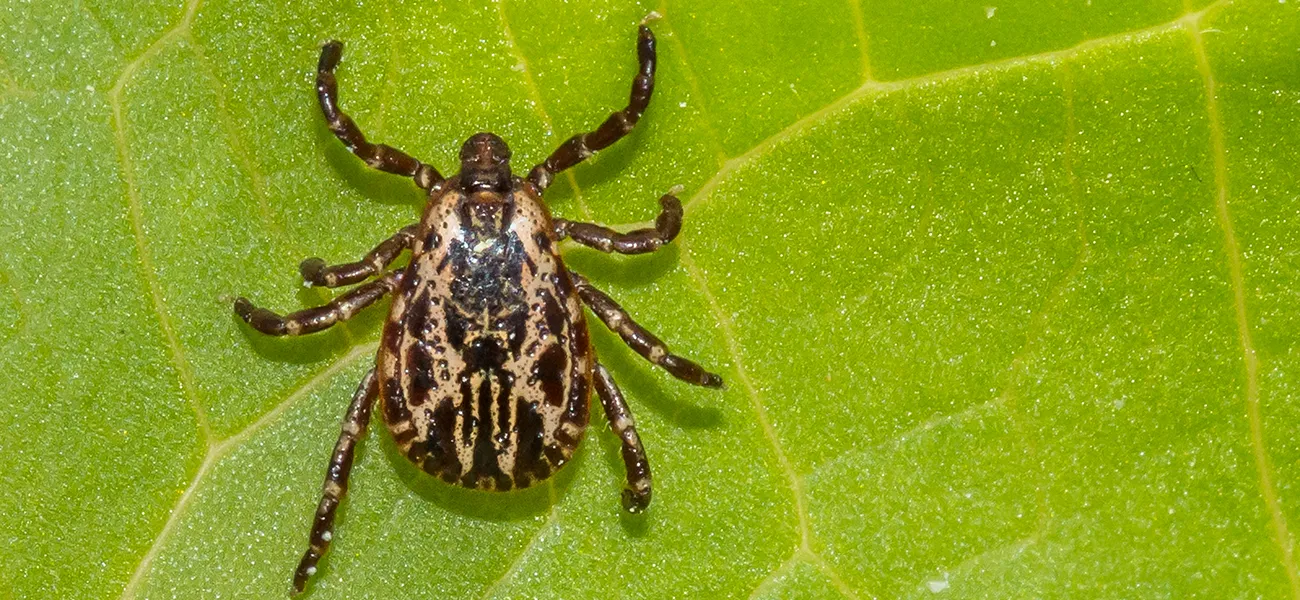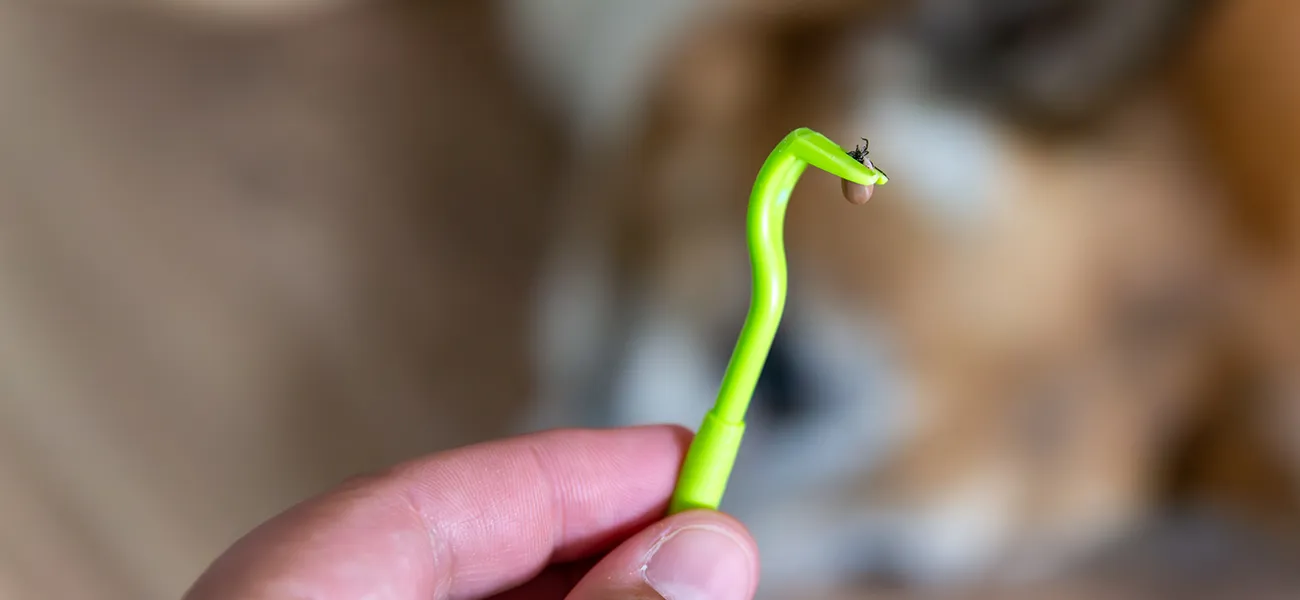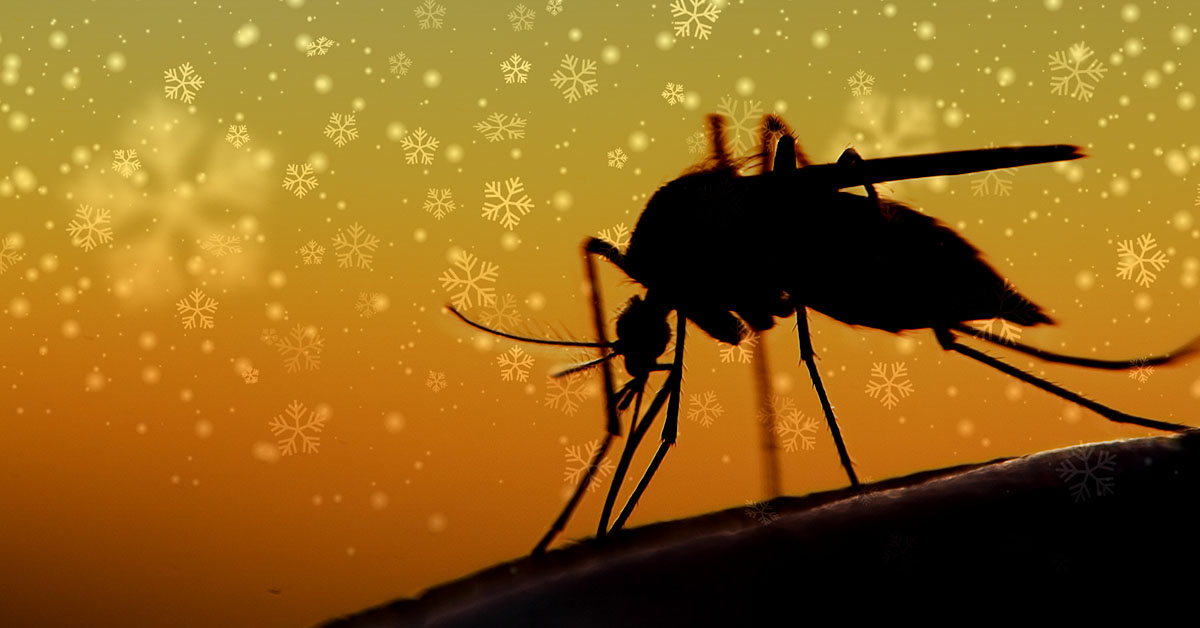
Tick Identification
Get a Free, No-Obligation Quote
Certified Pest Management Professionals
Natural & Eco-Friendly Solutions Available
Exceptional Customer Service
Trusted by the Community Since 1997
Serving Southold, The Hamptons, and Montauk
Here in Southold NY, there are three kinds of ticks you’re likely to find. All of them can transmit diseases such as Lyme disease, Rocky Mountain Spotted Fever, babesiosis, and more. If you, your family, or your pets spend any time outdoors, you’re at risk of picking up ticks. Use our Tick Identification Card to help identify ticks you may encounter.
The East End Tick & Mosquito Control® team is ready to help protect your home or business from the dangers of these parasitic arachnids. Read on to learn more about them.
Your Guide to Types of Ticks in Southold NY
Regardless of species, most ticks are found hidden in tall grass or shrubs, generally off the beaten path. They cannot jump or fly; instead, they crawl as high as they can and raise their front legs in hopes of grabbing onto people or animals that brush past.
Deer Tick
Deer ticks, also known as black-legged ticks or bear ticks, are brown to black in color. The deer tick gets its name from one of its most common hosts – the white-tailed deer.
Lone Star Tick
Lone Star ticks get their name from the distinctive white dot or “star” in the center of the female tick’s back. The males are smaller and lack this star. These ticks are best known for their ability to transmit a molecule that causes alpha-gal syndrome – a red meat allergy.
American Dog Tick
The American dog tick is brown to reddish brown in color. Males have a mottled gray-white distributed over their entire bodies; this coloration is only present on the female’s shield. Like the deer tick, it gets its name from its preferred host – in this case, dogs.


Protecting Yourself From Ticks
There are a few simple things you can do to keep yourself safe from ticks. Since ticks are slow-moving, and cannot fly or jump, repellants and full-coverage clothing can be enough to keep them away. Here are a few more tips to keep in mind when you venture into a tick’s territory:
Check yourself (and your pets) thoroughly after time outdoors. On people, ticks will hide in hair and in any areas that bend. On dogs and cats, ticks can be found between paw pads, under collars, between the shoulder blades – anywhere the pet cannot reach to groom itself.
Avoid overgrown areas. Ticks are most common in areas with tall grass.
Tuck your clothes in – pants into socks, shirts into pants, etc. Ticks will have a harder time getting through to your skin.
Light-colored clothes will also make them easier to spot.
Wear a certified tick repellant containing DEET. Follow the directions on your product of choice.
How to Remove a Tick
If you find a tick on your body (or your pet’s), don’t panic; while ticks can transmit disease, it’s unlikely to happen in the first few hours after the tick attaches itself. In fact, it can take up to a day for a transmission to take place. However, it’s still best to act quickly.
- Using tweezers, grasp the tick as close to its head as possible.
- Pull straight out without twisting. Twisting can break the tick’s head off, potentially leading to infection.
- Save the tick in a container or plastic bag in case it is needed for diagnostic purposes.
If you begin experiencing flu-like symptoms following a tick bite, get medical attention immediately. Tick-borne diseases like Lyme disease have better outcomes the sooner medical treatment can begin.

Call East End Tick & Mosquito Control® for Help With Your Tick Problem
Have you noticed a higher-than-normal number of ticks around your home or business? The East End Tick & Mosquito Control® team can help. Tick Shield, our granular tick control treatment, can set up a year-round safety perimeter on your property. Interested in protecting your family or customers from the dangers of tick-borne illness? So are we. Give us a call for a free estimate!





